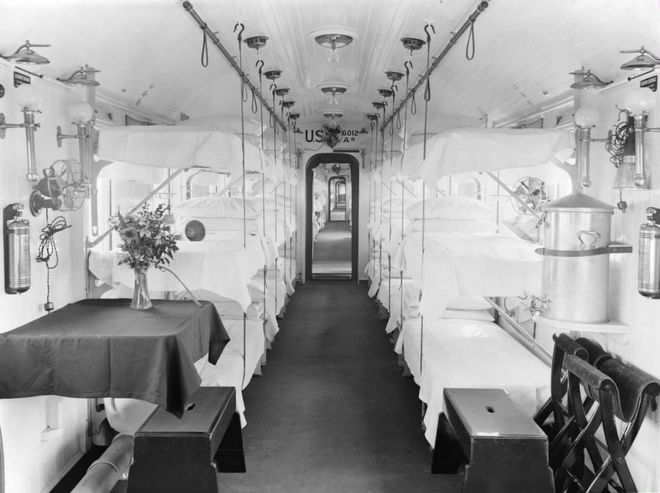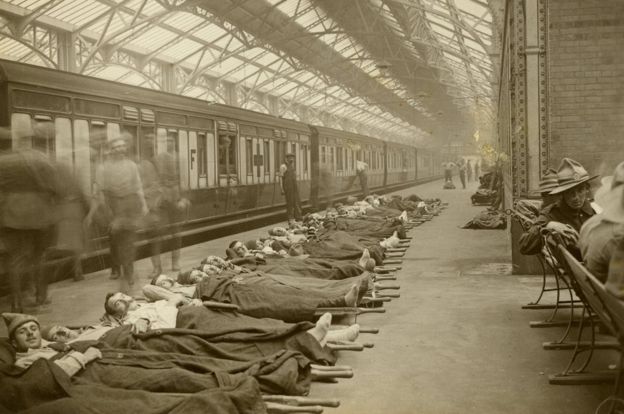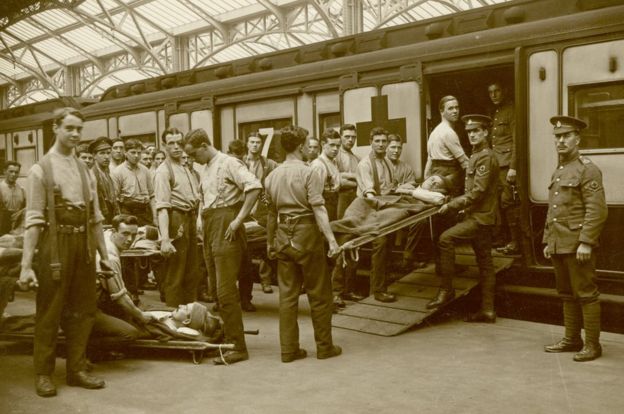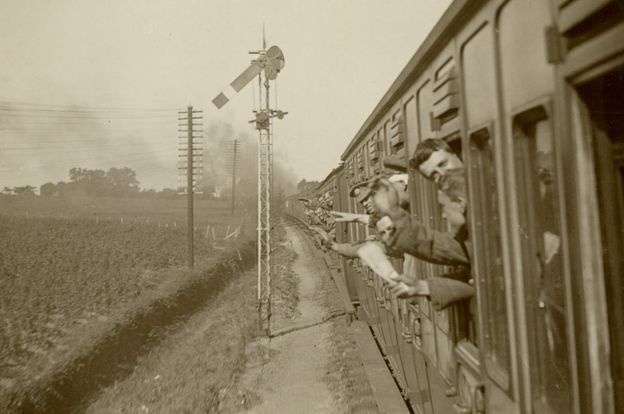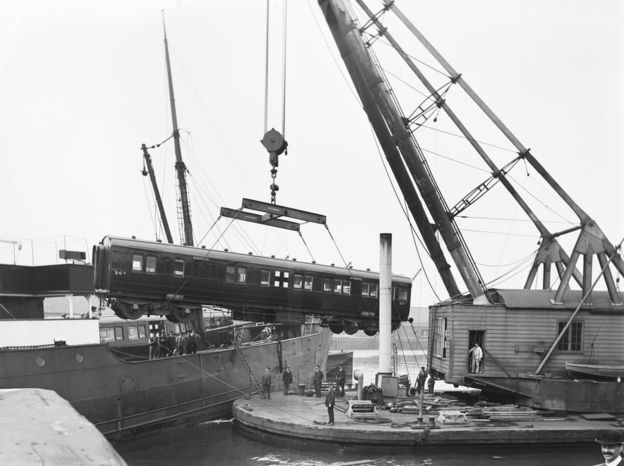From Quora:
Food in the trenches was awful. It was OK for the first year or so but after a while it was terrible. Even on the Allied side it was bad. Soldiers complained about the stale bread, corned beef(which sometimes was moldy) and the watered down milk and rum. Americans complained bitterly of their tasteless 'goldfish stew', which was fish stew, and their meat was often soggy. British soldiers got so sick of plum and apple jam that 13 divisions(that's 130,000 troops) wrote a petition, demanding that they get a different flavor.
On the German side it was much, much worse. Allied food was bad but it was at least 'real food', as in it was what it claimed to be. As the blockade of German ports dragged on the Germans had to resort to eating 'substitutes'. These include coffee made of acorns and coal, banana made of turnip and sugar, meat that progressed from dog and cat, to rat, to mashed worms, and much more. Winter 1917 was called "The Turnip Winter" since turnips were the only thing that was plentiful, with carrots being a close second.Food in the trenches was awful. It was ok for the first year or so but after a while it was terrible. Even on the Allied side it was bad. Soldiers complained about the stale bread, corned beef(which sometimes was moldy) and the watered down milk and rum. Americans complained bitterly of their tasteless 'goldfish stew', which was fish stew, and their meat was often soggy. British soldiers got so sick of plum and apple jam that 13 divisions(that's 130,000 troops) wrote a petition, demanding that they get a different flavor.
